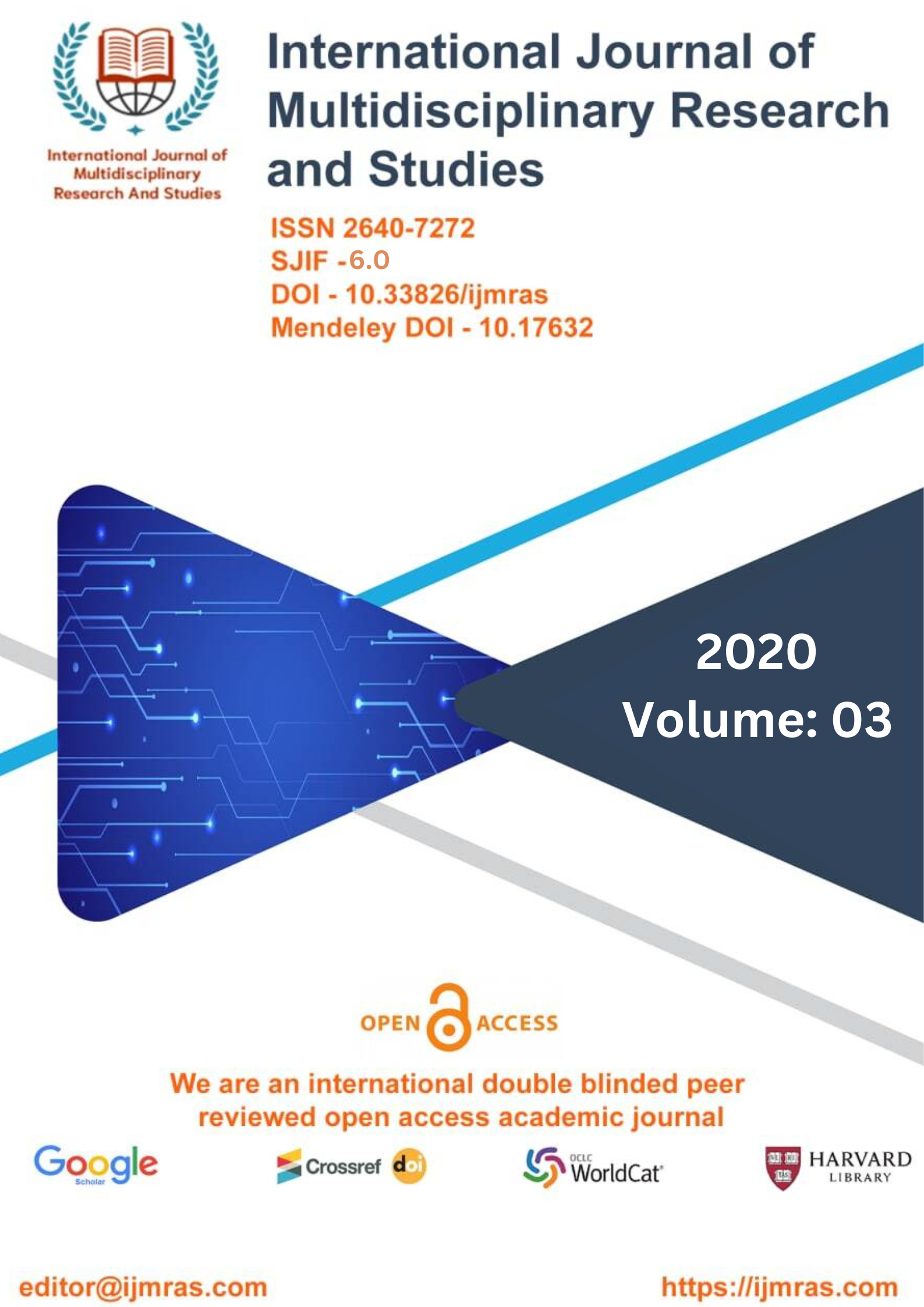A SOCIO-ECONOMIC ANALYSIS OF OLD AGE POPULATION BIHAR

Abstract
The process of urbanization, which is associated with high fertility and rapid population increase in India and in an impoverished state like Bihar, is heavily influenced by the forces that regulate the growth and mobility of the people, also known as population dynamics. This is because urbanisation is associated with high fertility and rapid population increase in India. In addition to shifting people from rural areas to urban settings, the process of urbanisation also brings about changes to the entire social structure as well as demographic characteristics. These characteristics include occupation, culture, way of life, and general behaviour. The majority of the data bases that were utilised come from the census as well as the sample registration system that was made available by the registrar general of India. Both of these systems were published by the Indian government. The socioeconomic profile has addressed a variety of subjects, some of which include the following: the literacy rate of the elderly; their educational level; their regional pattern; their marriage status; widowhood; the old age dependency ratio; the labour participation rate; and their regional pattern. Other factors, such as their regional pattern, have also been covered for the profile.
Keywords
Economic, Analysis, PopulationHow to Cite
References
Adlakha, A. and Banister, J. (1995) "Demographic Perspectives on China and India", Journal ofBiosocial Science, Vol. 27, No.2, April,
Annan, K. (1998) Speech on International Day of Older Persons, 1st October, SG/SM/6728, OBV/60, SOC/4475, United Nations.
Bagchi, K. (2000) "Healthy Ageing", Health and Population: Perspectives and Issues, January-March, Vol. 23, No. 1,.
Bansal, R. (2000) "Health Promotion for the Elderly", Research & Development Journal, Vol. 6, No.2; February.
Basu, A. and Basu, K (1985) "The Graying ofPopulation: Concepts and Measurements", Development Economic Research Centre, Discussion Paper, No. 61, Department of Economics, University of Warwick, Corentary, England.
Bhat, A. K. and Raj, D. (2001) "Ageing in India: Drifting Intergenerational Relations, Challenges and Options", Ageing and Society, No. 21,.
Bhatt, P. N. M. and Rajan, S. I. (1988) "Population Projections for Kerala, 1986-2026"; Centre for Development Studies, Trivandrum.
Blane, D., Higgs, P., Hyde, M., and Wiggins, R. (2004) "Life Course Influences on Quality of Life in Early Old Age", Social Science and Medicine, Vol. 58,.
Bose, A. B. (1986) "Zeitschrift fur Gerontology', Darmadsdt, Germany, Vol. 19, No.2,.
Bowling, A. (1995) "What things are important in people's lives? A Survey of the Publicos Judgments to Inform Scales of Health Related QOL." Social Science and Medicine, Vol. 41, No. 10,.
Bowling, A., Sahawa G., Banister, D. and Sutton, S. (2001) "Older People's Views on Quality of Life", Growing Older Programme, Issue 2, Spring, ESRC, Sheffield, United Kingdom.
Burgess, E. (1951) "The Problem of Ageing", in 'Living through the Older Years', (eds) by Tibitts, C. and Arbor, A., University of Michigan Press,.
Chakravorty, I., Moulik, N., Banerjee, S. and Chakravorty, K. R. (1997) "A Contemporary Study of the Aged Widow in an Urban Metropolis" in Life in Twilight Years, (Eds) By Chakravorty, I., Kwality Book Company, Calcutta.
Chakravorty, S. R. and Chakravorty S. (1993) "A General Index of Ageing"; Demographic India, Vol. 22, No. 1, January-June;.
License
Copyright (c) 2020 RAVI SHANKAR KUMAR

This work is licensed under a Creative Commons Attribution 4.0 International License.
Individual articles are published Open Access under the Creative Commons Licence: CC-BY 4.0.



